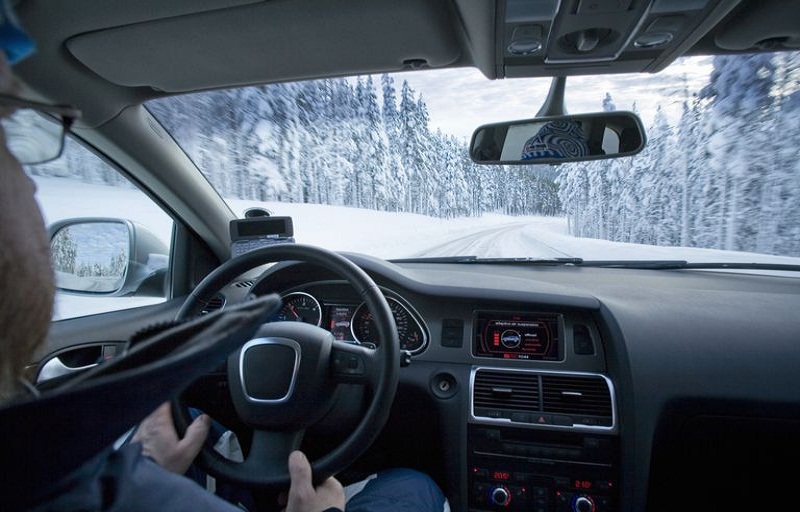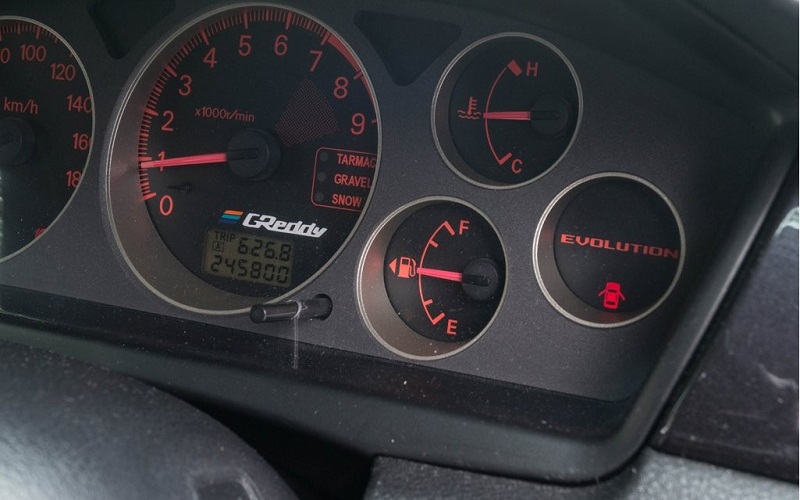Car heating- One fine day, when winter comes, the air from the car that should be hot to the passenger compartment comes out cold. Horror! In addition to the problems that can result from not demisting the windshield, if the interior temperature does not rise to a comfortable level we should warm ourselves, but that is a bad solution, especially for the driver, who can not drive the vehicle efficiently. But why does cold air come out if I have the car heating on?
Why does it not heat the car

It is advisable to have a little patience when it is cold because the vehicle takes longer to generate heat once the heating of the car is turned on. There are cars that need more time than others to reach the necessary temperature. But if after a while you do not perceive the improvement in the interior temperature, there is a problem that may have different origins:
Several causes: The entry of heat into the interior of the vehicle occurs thanks to the operation of a set of elements. Therefore, it can be one or several of those elements that cause the system to malfunction, which ends up causing cold air in winter or heat in summer.
Common faults: The most frequent causes of malfunction of the heating are usually the failure of the thermostat, the electric water pump or the internal plugging of some water hose or a solenoid valve.
. .. And if it is not a problem of heating ?: It does not have to be a mistake of the heating system or air conditioning itself that causes a lack of heat. The failure of any component of the engine that does not allow it to reach the proper working temperature can be the one that generates the problem.
How does the heating car work?

You probably never asked, but you may be interested to know. The engine of the car when it is running generates heat, and the radiator (supported by the fan) is responsible for that excess temperature is not a problem; Well, that leftover is the one used to warm the cabin. But there are different heating systems:
Mechanical. They are the oldest. They work thanks to a small radiator mounted behind the dashboard that is connected by two sleeves to the engine cooling system. In many cases, it incorporates a tap that opens or closes the passage of water to this interior radiator.
Two other fundamental parts of the circuit are the trapdoors that channel the air inside the heater with the help of the fan, which forces air circulation. To request heat, manually open the tap (if it is incorporated) or the sewer flap and direct the air to the desired outlet. If we want more heat sensation, we start the electric fan that is located in front of the radiator at the desired speed.
Automatic They are the most modern and they are also very varied. The way to obtain heat and its operation (except for exceptions such as electric vehicles) is similar to that of old systems, but with a fundamental difference: all actions are performed automatically selecting (in auto mode) only the temperature that we want Under these conditions, an electronic module controlled by a microprocessor verifies the climatic conditions of the interior and exterior of the vehicle and, depending on them, adapts the elements to achieve the comfort values that we have requested.
Electric heaters. A substantial change that has occurred in heating systems is that many of these use electric heaters to get heat quickly without having to wait for the engine to warm up.
When to turn on the car heating?

Taking into account what was explained in the previous section, it does not make any sense to activate the heating at the same moment that the engine of the car is started after it has been at rest.
It will take a few minutes for the engine to reach enough temperature for the ventilation air to become significantly warm, especially in winter.
And what is worse!
Turn on the heating prematurely, it will only transfer cold air from the outside of the car to the interior or, in the best case, it will remove the air already present in the car, when the recirculation system is used.
The solution?
- Turn on the heating a few minutes after starting the march.
- In this way, you will ensure that the air introduced is hot from the start.
Do not connect to air conditioning and heating at the same time
- Both the air conditioning and the heating system have systems to regulate the amount of air (cold or hot) introduced inside the car.
- That is the proper way to regulate the temperature of a vehicle that does not have an air conditioning system.
- Unfortunately, some users choose to connect, at the same time, the air conditioning and the heating system.
- This technique is not only very inefficient and involves a significant increase in fuel consumption, but it can also generate a breakdown.
- We hope that with these simple tips you get the best out of your car’s heating and do not go cold again during your winter commutes.
Does the heating of the car consume fuel?

Due to the ignorance of the operation of the heating in the cars, some drivers believe that this supposes an increase in the consumption of fuel, like the one caused by the conditioned air.
This can lead to limiting the use of heating in a futile attempt to save gasoline.
However, the reality is that the use of heating has a virtually zero impact on fuel consumption.
This is due to the operation of it.
Finally, whether on short or long journeys, everyone likes to drive at a comfortable temperature. Whether the heating or air conditioning, it is important that the passenger compartment is at a suitable temperature, both for passengers and, above all, for the driver.
One of the most frequently asked questions about heating in cars is: does it consume fuel? We will answer this question and we will also give some tips on how to use the heating in the car efficiently.
First of all, let’s get out of doubt: the car heating barely consumes fuel, unlike air conditioning, which can consume much more depending on the conditions of use.

